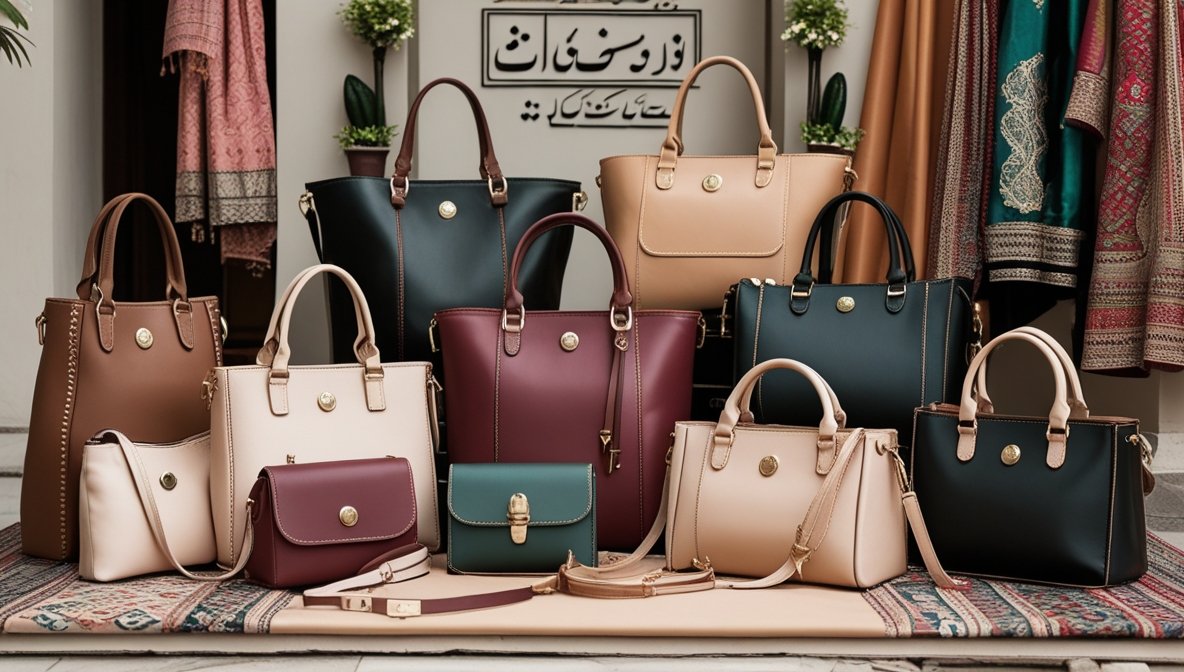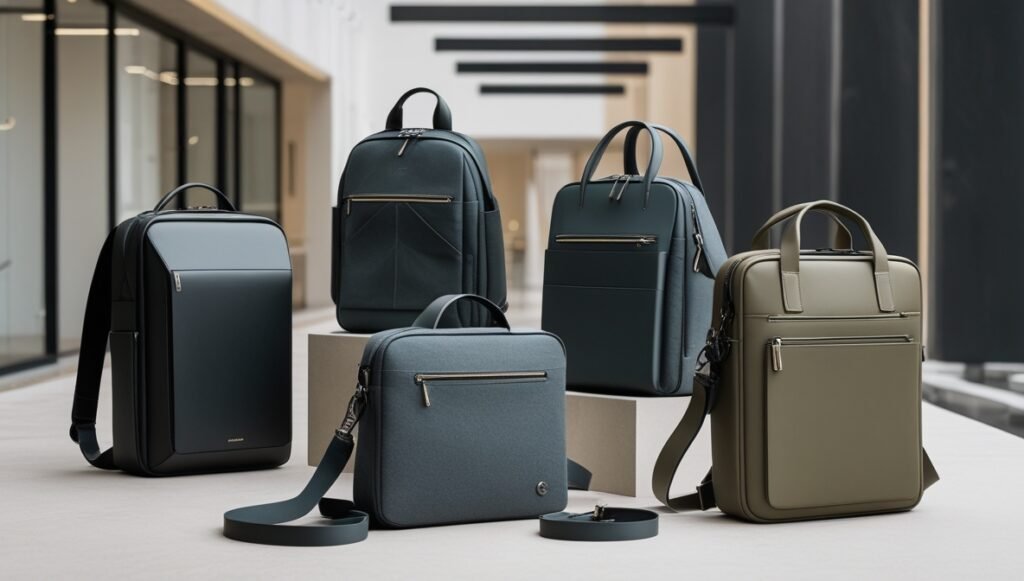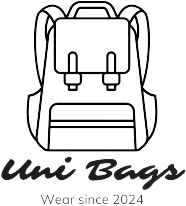A Guide to Buying Durable and Fashionable Handbags in Pakistan

In an age dominated by ephemeral fads and mass-produced mimicry, true elegance lies in what endures. Handbags, no longer mere storage vessels, have become the armor of daily life—bearing identities and weather alike. In Pakistan, where humidity slinks in through monsoons and streets are no strangers to dust storms, a handbag must offer more than allure—it must withstand the country’s mercurial temperament.
Timeless Materials That Withstand the Years
The finest pieces boast of resilience. Picture textured PU leathers kissed with matte resilience, denim spun on heritage looms and married with industrial-grade linings, or heavy-duty canvas baptized in hydrophobic oils. These are not passive choices—they are deliberate, evocative of purpose. Whether clasped tightly by a bustling university student or accenting a tailored office ensemble, their structural integrity never falters.
A shift in material storytelling has also emerged. Artisans have begun integrating robust vegan hides finished with burnished brass, jute facades intricately twined with nylon threads born of maritime heritage. This tactile chemistry births bags not merely built to last—but to evolve. Rather than yielding to time’s gnawing teeth, they gather character, becoming more beautiful in their weathering.
The Rise of Local Artisans in Pakistan’s Bag Industry
While department shelves bulge with factory-spawned sameness, a quieter revolution blossoms in Pakistan’s creative nooks—from the maze-like alleys of old Lahore to the sun-bleached workshops of Thar. Here, artisans stir magic from memory, not machines.
Each handcrafted handbag is a dialect of design, a story told through stitch and shade. They thread patterns drawn from Mughal domes, burnish leather with ancestral precision, and dye swatches using wild-harvested pigments reminiscent of the region’s forgotten botanicals. These bags don’t merely hold your possessions—they cradle narratives etched into every thread.
In the face of collapsing globalized production chains and the counterfeit sheen of mass-market “luxury,” connoisseurs are returning to these creators. Their bags pulse with authenticity and tenacity, woven with sustainable principles and familial craftsmanship.
When one invests in such an artifact, they aren’t purchasing utility alone—they are supporting centuries-old legacies, stitching past into the present. It’s more than commerce—it’s cultural reclamation.
Fusion of Functionality and Design

Utility and elegance—once estranged concepts—now merge in seamless matrimony. Today’s Pakistani handbag doesn’t just serve—it performs, gracefully, across the chaotic cadence of daily existence.
Designs today are riddled with concealed intelligence. Subtle magnetic locks meld into embroidered panels; hidden zippers sit quietly behind sculptural folds. Convertible straps allow for a metamorphosis—tote by daylight, backpack by dusk. These are not mere embellishments; they are solutions stitched into style.
Interiors now host RFID sanctuaries to shield digital data. Pockets are cleverly camouflaged for quick access without visual clutter. Even ethical elements like biodegradable linings or reconstituted leather exteriors harmonize with refined aesthetics, no longer an afterthought but a core statement.
This dance of form and purpose reflects a woman unchained—one who negotiates traffic jams and client meetings with equal poise. Her handbag, her ally, is both fortress and flourish.
Trends That Define Modern Pakistani Handbags
Fashion is a river—restless, reimagined with every tide. Within Pakistan, handbags act as both anchors and sailboats, mooring traditions while navigating contemporary shores.
Supersized totes dominate with understated might—stone grey, moss green, and sepia brown rule urban domains. Conversely, diminutive micro-bags flirt with audacity, suited for quick detours or statement accents. Texture leads the conversation: crocodile-embossed surfaces, raffia-wrapped edges, and supple suede narrate tactile poetry.
Eco-forward trends swell with urgency. Upcycled materials now rise from truck art tarpaulins and discarded textiles, transforming into expressive pieces drenched in ethos. Hemp and jute models, once confined to niche markets, now stride boldly into mainstream aesthetics.
The vogue of color-blocking continues its reign, especially in playful contrasts like blush with emerald or cobalt clashing with mustard. Zippers turn chunky, and antique clasps glint with nostalgic warmth. Designers combine vintage touchpoints such as brocade and floral appliqués, that still seem completely modern.
Pakistan’s handbag story jumps from age to age, mixing exquisite details with every day convenience to reflect a person’s heritage and way of living.
As Pakistan’s metropolitan tempo quickens, so does the need for versatility. The enduring question—Crossbody Bags vs. Shoulder Bags: Which Style Suits You Best?—is no longer a binary query but a reflection of multifaceted lifestyles.
FAQs
1. Which materials offer the most durability in Pakistani climates?
Resilient PU, hydrophobic canvas, and heritage-blend cottons stand tall against both moisture and dust—ideal for cities like Karachi and Multan alike.
2. Are handcrafted handbags sturdier than their imported counterparts?
Often, indeed. Indigenous craftsmanship focuses on longevity—reinforced stitches, weather-tolerant linings, and artisanal finishes outshine factory-made imitations.
3. How can I verify a handbag’s quality before purchasing?
Evaluate the material’s texture, examine seam density, test the metallic fasteners, and review stitching precision. A trustworthy brand often offers warranty or repair services.
4. What handbag styles are trending among university students in Pakistan?
Compact designs with digital security features, modular straps, and expressive palettes—especially in vegan or recycled mediums—dominate campus walkways.
5. How should I maintain my handbag for extended use?
Clean gently after each use, store upright in cloth bags, avoid rough surfaces, and treat with appropriate balms or waterproofing sprays as per fabric type.
Conclusion
In the evolving realm of Pakistani style, handbag are more than fashion—they are endurance, heritage, and a whisper of the wearer’s journey, stitched into every seam.In an age dominated by ephemeral fads and mass-produced mimicry, true elegance lies in what endures. Handbags, no longer mere storage vessels, have become the armor of daily life—bearing identities and weather alike. In Pakistan, where humidity slinks in through monsoons and streets are no strangers to dust storms, a handbag must offer more than allure—it must withstand the country’s mercurial temperament.
